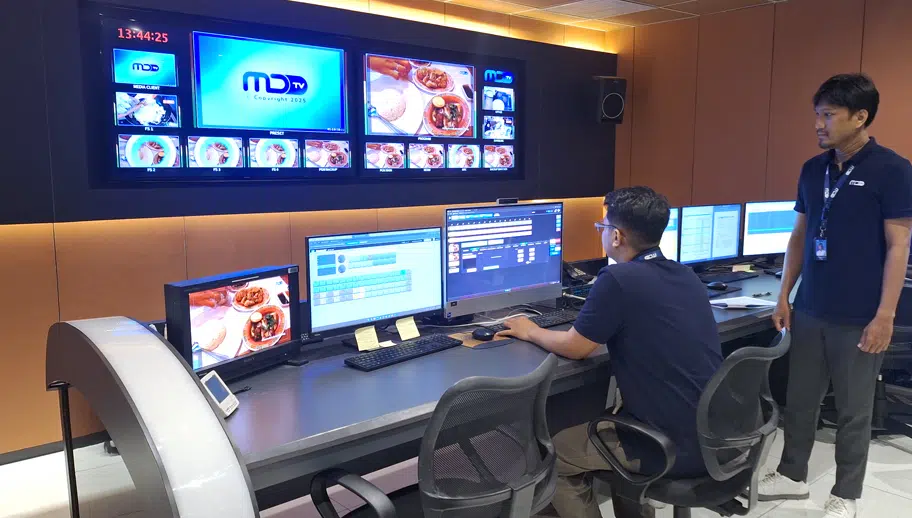Blog
Cut complexity, not corners
Imagine Aviator integrates traditional linear and OTT channels – including a modern playlist automation approach, content management tools, top-quality playout engines, and the facilities to organize workloads across sites and across ground and cloud.
Meet the Imagine Aviator ecosystem
Simplify playout operations across sites and modes.
Aviator Orchestrator
Aviator Automation
What you can do with Aviator
When you consolidate your linear and OTT playout operations with Aviator, you’ll enjoy new efficiencies while ensuring the highest quality output.
Streamline playout operations
- Ensure the best viewer experience regardless of deployment with best-in-class playout, automation, redundancy, and support.
- Advanced orchestration helps reduce operating expenses, including staffing and real estate.
- Manage and scale multiple sites through a secure, centralized interface.
- Pre-configured workflows and hybrid automation help you get up and running fast, so you can dynamically manage and play channels from anywhere.
Bridge the technology silos
- Unify technologies and operations into a single management system to cut costs and complexity.
- Orchestrate and automate OTT and linear playout, whether on-prem, in the cloud, or a hybrid of both.
- Deliver consistent viewer experiences across channels and streams.
Drive innovative monetization
- Easily test and deliver innovative monetization strategies with the state-of-the-art Aviator playout ecosystem.
- Deliver regional and hyper-local advertising even during broadcast through dynamic linked-list splits and joins.
- Experiment with new channels and new content monetization models, then easily spin up and integrate your channels in high-viewership dayparts for localized targeted revenue.
Remove barriers to success
- Easily support new forms of media delivery with the deployment flexibility that comes from integrated content management.
- Implement integrated advertising technology, insertion management, and automation from the same vendor for a seamless system operator experience.
- Manage your linear, OTT, and FAST workflows from a common interface and media pool.
- Quickly spin up redundant backup channels for seamless takeover when needed.
Aviator Interoperability
Aviator can integrate and manage third-party engines. Playlist updates can be made via Aviator Automation, providing seamless integration whether on-prem or in the cloud.
Related products
Playout Engines
Combine Imagine’s trusted Nexio+ and Versio platforms to bring you the benefits of a hybrid software-based ingest and playout engine, with integrated playout for your channel origination needs.
Playout and Channel Origination
Versio™ Integrated Playout
Playout and Channel Origination
Nexio+™ AMP
“Our goal was to simplify, optimize, and automate. We wanted to move from manual workflows to automated ones, making the most of technology both on-prem and in the cloud.”
Latest insights
Insights and resources
Press Release
MD Entertainment Fast-Tracks MDTV Launch with Versio

Video
Ground & Cloud: Maximizing Efficiency by Using Both

Press Release
Imagine Showcases Aviator Automation Advances at 2025 NAB Show

Bell Media’s Multisite Transformation

Talk to us
Ready to optimize your playout? Contact our experts today to get started.













